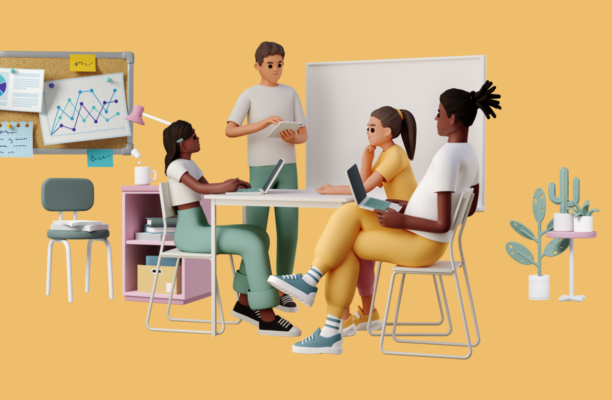Deaf students need accessible resources to learn effectively. Textbooks and other learning materials should be available in sign language, and multimedia resources such as videos, animations, and interactive tools should be accessible with closed captions and subtitles. Additionally, technology such as hearing aids, cochlear implants, and FM systems should be provided to students who need them.
1. Education of the deaf
Is limited by the textbooks they are not getting any awareness to develop their skill. School is not providing any projects, works, or assignments for the deaf so that they can self-develop their skills. Deaf children are not getting any chance to develop their skills. Skill development should start from school so that after completing their school education they can choose different methods to achieve their aim. Deaf children should skills development in small classes at schools.
2. Awareness of technology
In deaf schools education connected with technology is a must. A skilled technology teacher must come to the school and provide education for them. Technical skills can also give them a better life and achieve a better job.
3. Schools and subjects
Deaf students must give more knowledge in Maths and Science from the small class, the classes should be in sign language. Give more education in Maths and Science so that brain development is also possible.
4. Enraging the skills
Every child is skillful full but encouraging the skill makes them more successful. Deaf students must give opportunities. To show their skills and encourage them but giving, prices make group discussions and allow them to share their ideas. Self-development, Skill development a using their own ideas give them a great future.
5. Inclusive education
Inclusive education is essential for the development of deaf students. Schools should provide special educators who are trained in teaching sign language and other communication methods to help students with hearing disabilities. Inclusive education promotes the integration of all students into the same classroom, which promotes interaction, understanding, and acceptance of each other’s differences.
6. Accessible resources
7. Parental involvement
Parental involvement is critical for the success of deaf students. Parents should be encouraged to learn sign language and attend parent-teacher meetings regularly. They should also be involved in their child’s education and advocate for their child’s needs.
8. Positive reinforcement
Positive reinforcement is essential for the motivation and self-esteem of deaf students. Teachers should provide positive feedback, praise, and encouragement for their efforts and achievements. This will help build their confidence and self-belief, which will lead to better academic and personal outcomes.
9. Professional development
Teachers and educators should receive professional development to help them better understand the needs of deaf students and how to teach them effectively. They should be trained in sign language and other communication methods and have access to resources and tools that will help them teach in an inclusive and accessible manner.
10. Community involvement
Community involvement can help deaf students feel more included and accepted. Schools can collaborate with local deaf organizations, and community leaders can be invited to speak with students and share their experiences. This will help students feel more connected to the community and provide them with valuable insights and perspectives.




Leave your comment